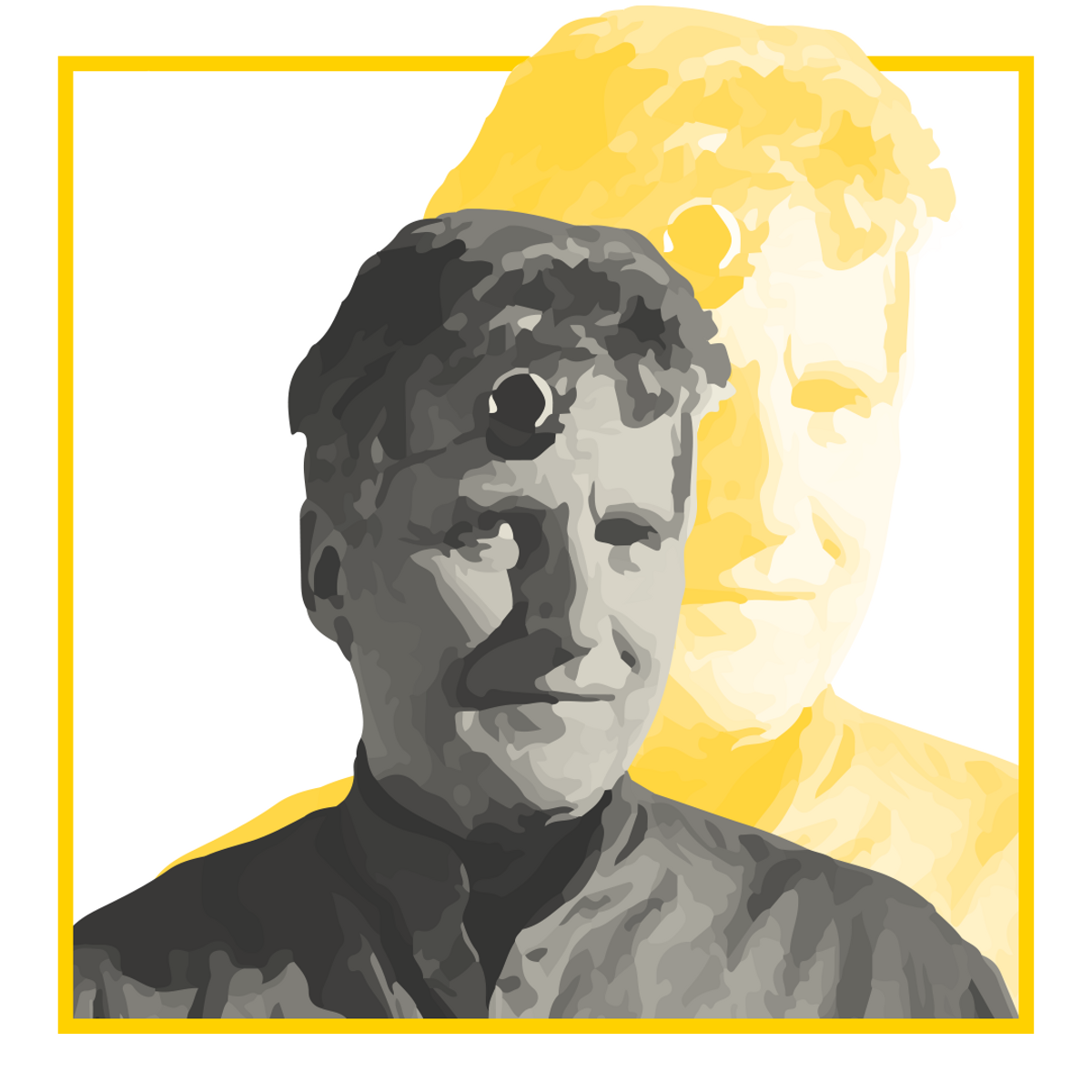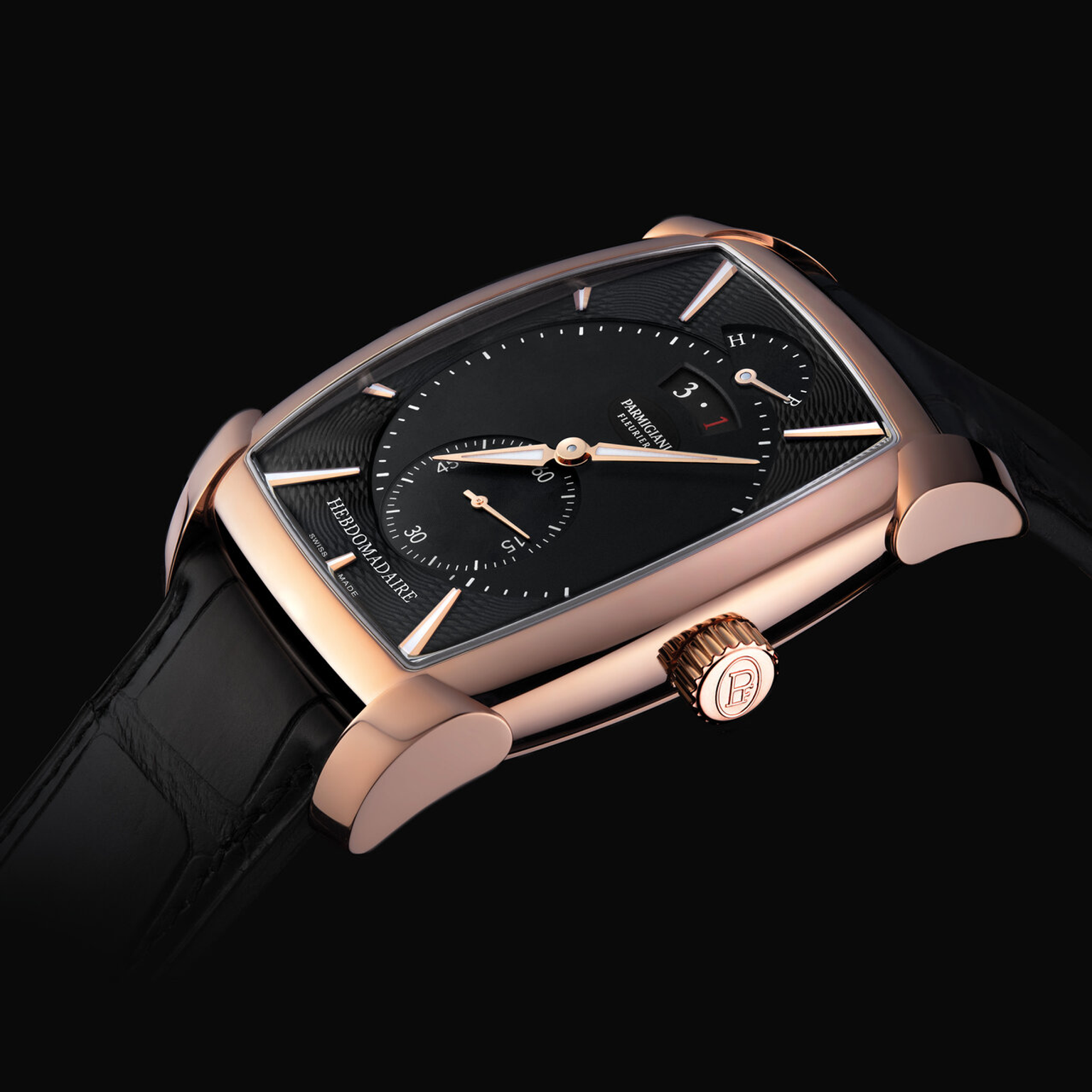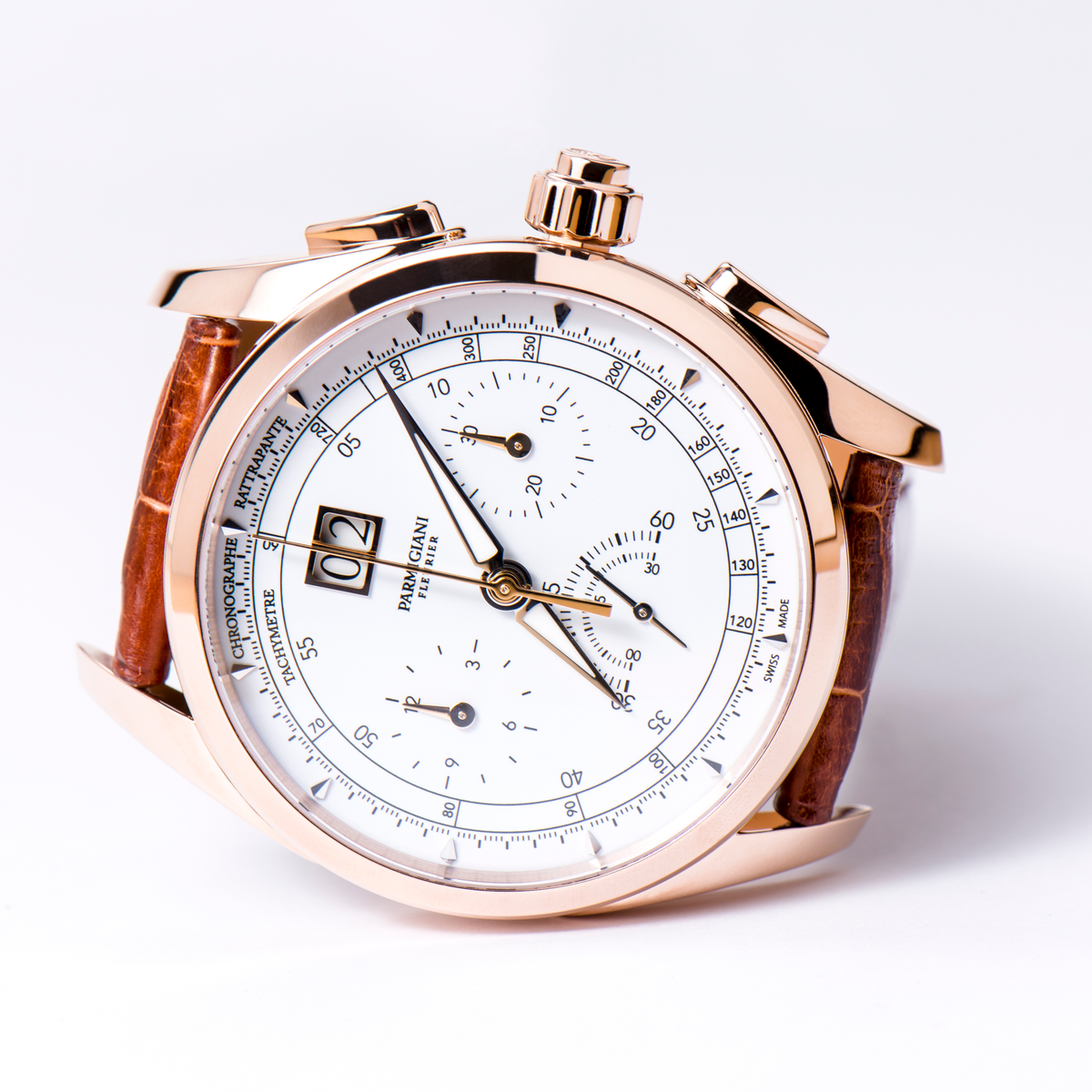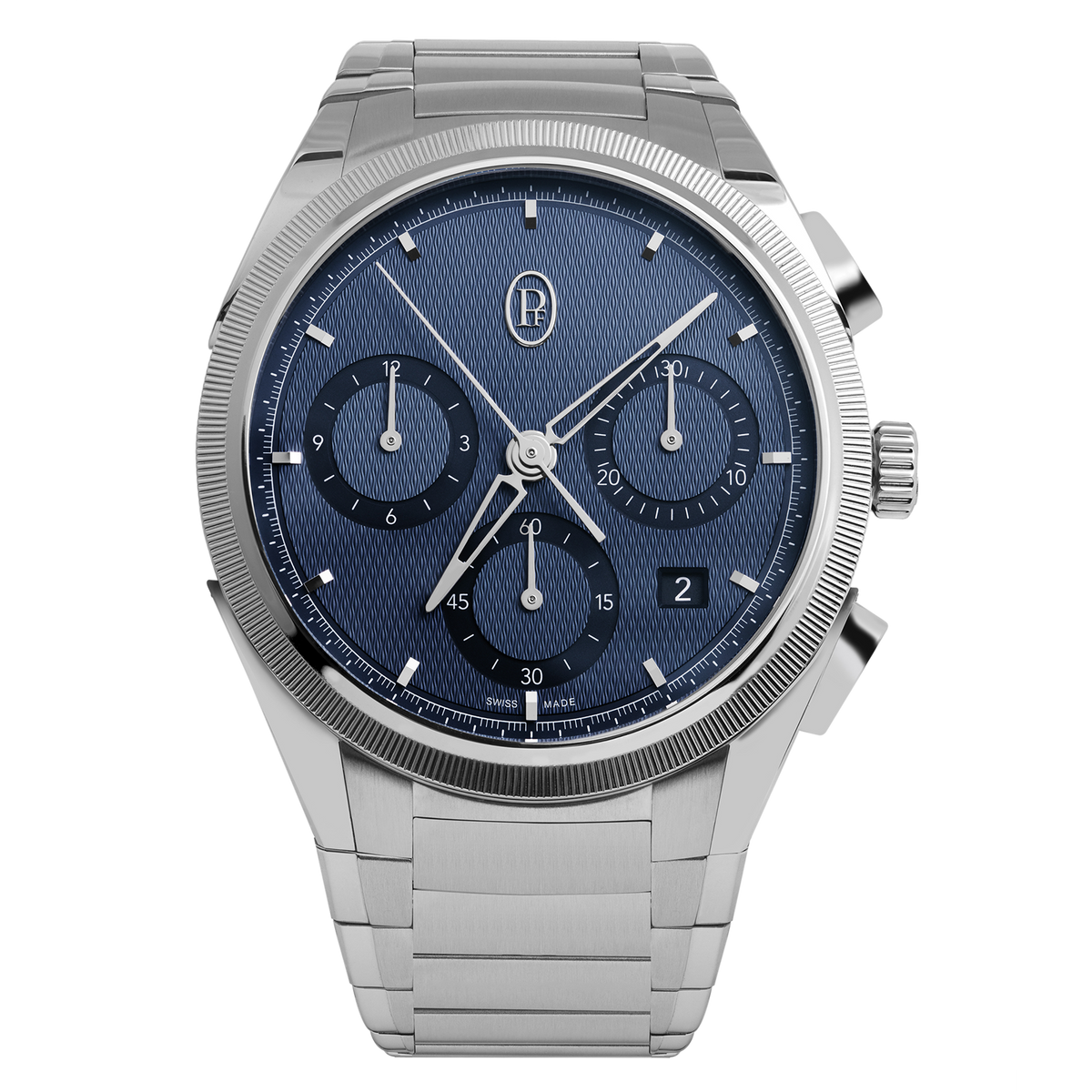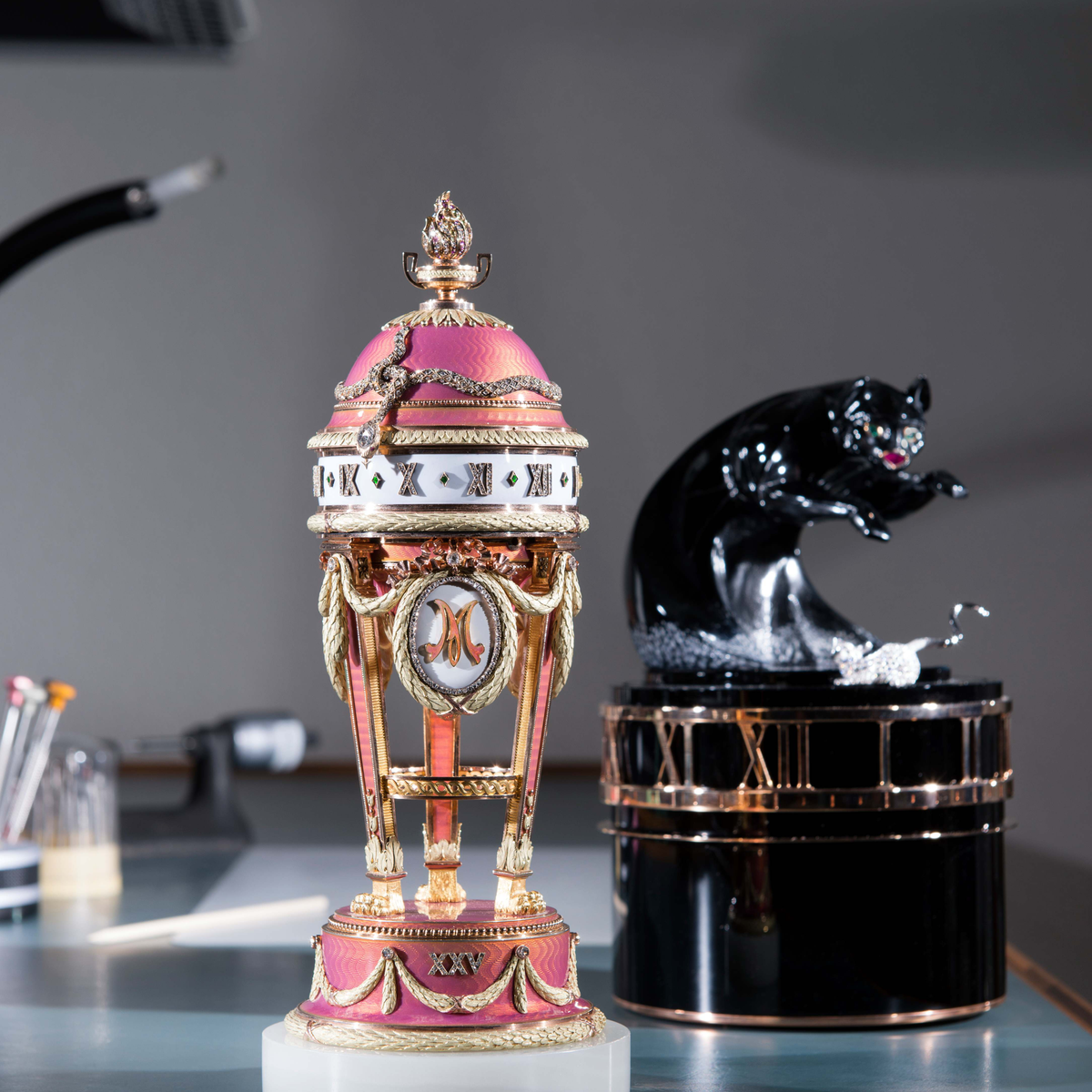Five hundred years of watchmaking history have passed through the hands of Michel Parmigiani whose restoration workshop has enjoyed a peerless reputation since its inception in the 1970s. The master watchmaker’s unique expertise, cultivated after nine years of study, earned Michel Parmigiani a position conserving and restoring the priceless Maurice-Yves Sandoz collection. It also brought some of the most storied brands, the likes of Breguet, Piaget and Vacheron Constantin, to his door in search of technical solutions. Because while Michel Parmigiani has nothing but the highest regard for the watchmaking of centuries ago, he has no intention of remaining stuck in the past. Having made the acquaintance of Pierre Landolt, President of the Sandoz Family Foundation and himself a horology enthusiast, he was encouraged to begin making watches under his own name and, in 1996, the Parmigiani Fleurier brand was born. A series of acquisitions of suppliers culminated in the creation of a movement-manufacturing entity, Vaucher Manufacture. By 2000 and in less than six years, Parmigiani Fleurier had become a fully integrated unit with the capacity to make every part of its watches, from cases and dials to movements, including balance springs.
The first Parmigiani wristwatch, the Ionica, debuted in 1999, becoming the Kalpa Hebdomadaire in reference to its Greek column architecture, a recurring theme. The initial Frédérique Piguet calibre was swiftly replaced by the in-house PF110 – a serious undertaking given the complexities inherent to the production of a reliable base movement. Clearly this complexity was fully mastered as this first calibre was followed by everything watchmaking boasts by way of complications, from the tourbillon to the minute repeater, from the perpetual calendar to the chronograph. This latter function was chosen to mark Parmigiani Fleurier’s twentieth anniversary in 2016. In the space of two decades Michel Parmigiani had developed 33 original movements, in addition to those made for clocks and for third parties. They include the movement for the Bugatti Super Sport, a vertical calibre designed like an engine block, and that of the Ovale Pantographe with its telescopic hands. These refined mechanical solutions take form in watches distinguished by delta hands, engine-turned hobnail dials and elegant cases: a horological signature for the century to come.
1976
Opening of Mesure et Art du Temps restoration workshop.
1980
Restorer of the Maurice-Yves Sandoz collection; one of the most important collections of pocket watches and automata in Switzerland.
1996
Creation of Parmigiani Fleurier.
1998
First in-house movement, the PF110.
2003
Creation of Fondation Qualité Fleurier in collaboration with Bovet, Chopard and Vaucher Manufacture.
2005
Parmigiani was now a fully integrated watchmaking unit following acquisitions of Atokalpa (precision-turning), Bruno Affolter (cases) and Elwin (regulators), and the establishment of Quadrance et Habillage and Vaucher Manufacture.
2010
Launch of the Bugatti Super Sport with a vertical movement.
2011
Introduction of the Tonda 1950 collection and opening of the first Atelier Parmigiani in Shanghai, Beijing and Moscow.
2016
Hippologia automata table clock with galloping horses and Tonda Chronor Anniversaire, the brand’s first integrated chronograph.
2021
Guido Terreni joined Parmigiani Fleurier; launch of the Tonda PF collection.
